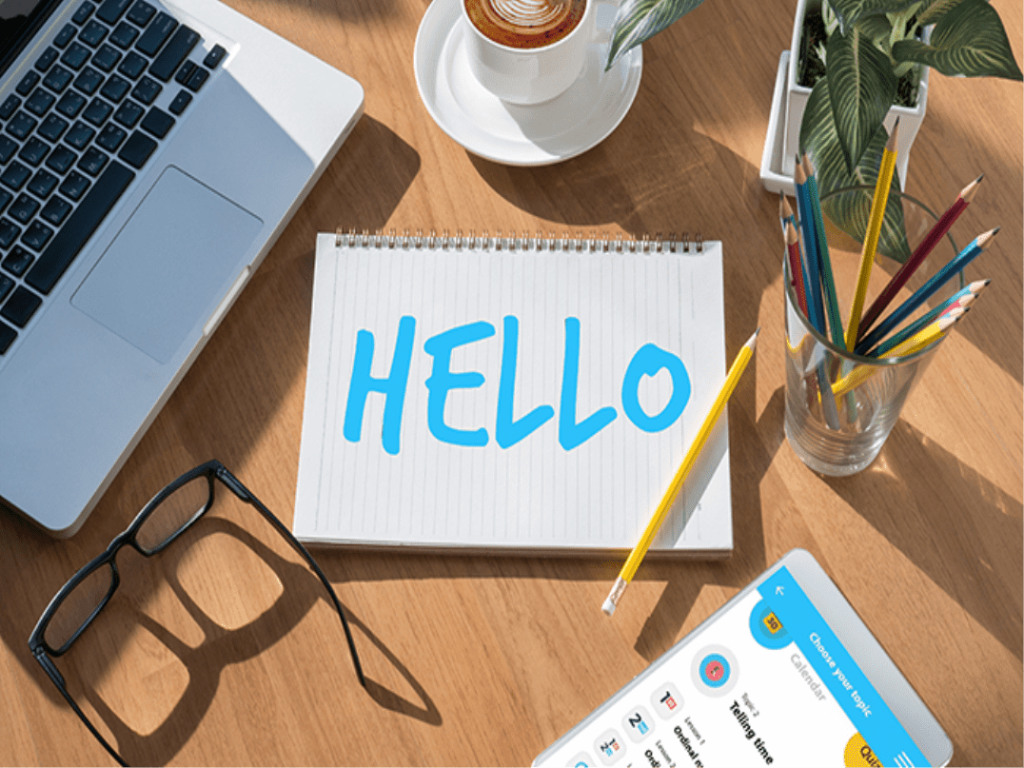No matter the language, one of the first things every student learns is how to say hello. Arabic language is no different. This is a great way to introduce yourself to others you meet. It is also an excellent way to start an Arabic conversation. However, there are many different ways to greet somebody. Here are a few:
Marhaba – مرحبا
Meaning “Hello” or “Hi”, marhaba is the generic polite and neutral greeting used by all Arabic speaking countries making it the safest way to greet anyone and start a conversation in Arabic.
Assalaamu alaikum – السلام عليكم
Assalaamu alaikum is the traditional Islamic greeting used throughout the Arab world since the birth of Islam. It means “Peace be upon you” and the usual response is wa alaykom salam or “peace be upon you, too”.
Ya‘teek il‘aafyih – يعطيك العافية
This greeting means “May God give you strength” or “May God give you health” and although it invokes the name of God, it is not really a religious greeting but more of an everyday one much like marhaba.
Salaam – سلام
It is really amazing that this little word says so much to someone by simply offering someone “peace” and may just brighten their otherwise ordinary day.
Sabaah ilkhair – صباح الخير
You’ll hear this phrase many times in the morning as family, friends and colleagues wish each other a “good morning”. This is usually met with the response of sabah el noor or “light morning” – a great response, especially if you’re not a morning person and don’t want a heavy morning.
Keefak – كيفك
Much like in English, most greetings are quickly followed up by “How are you?”. In the case of the Arabic language, this is keefak (or keefik if you’re speaking to a woman). Because every country (and sometimes every region within a country) has its own dialect, the answer may be different from one area to the next. For instance, in Iraq the answer may be zain (good) while in Jordan it’s kwaiz (also good), but learning all of these different dialects is the fun part of learning Arabic, isn’t it?
In the same way, even marhaba can be different from one country to another. In Tunisia, for example “Hello” is aslema (peace) while in the Lebanese dialect, it’s ça va.
No matter how you say it, kaleela.com is always ready to give you a warm and friendly “Hello”! If there is any particular greeting that you liked best (or one that we may not have mentioned here), please drop us a line a tell us! We love hearing from our followers about their own unique Arabic language journey.
If you’re interested in learning more about the Arabic dialects of a particular region, visit us at kaleela.com and download our Arabic language learning app that not only teaches you Arabic, but also the dialects of the many regions throughout the Arab world. You can also visit kaleela.com to learn more about the fascinating and rich Arab culture.




